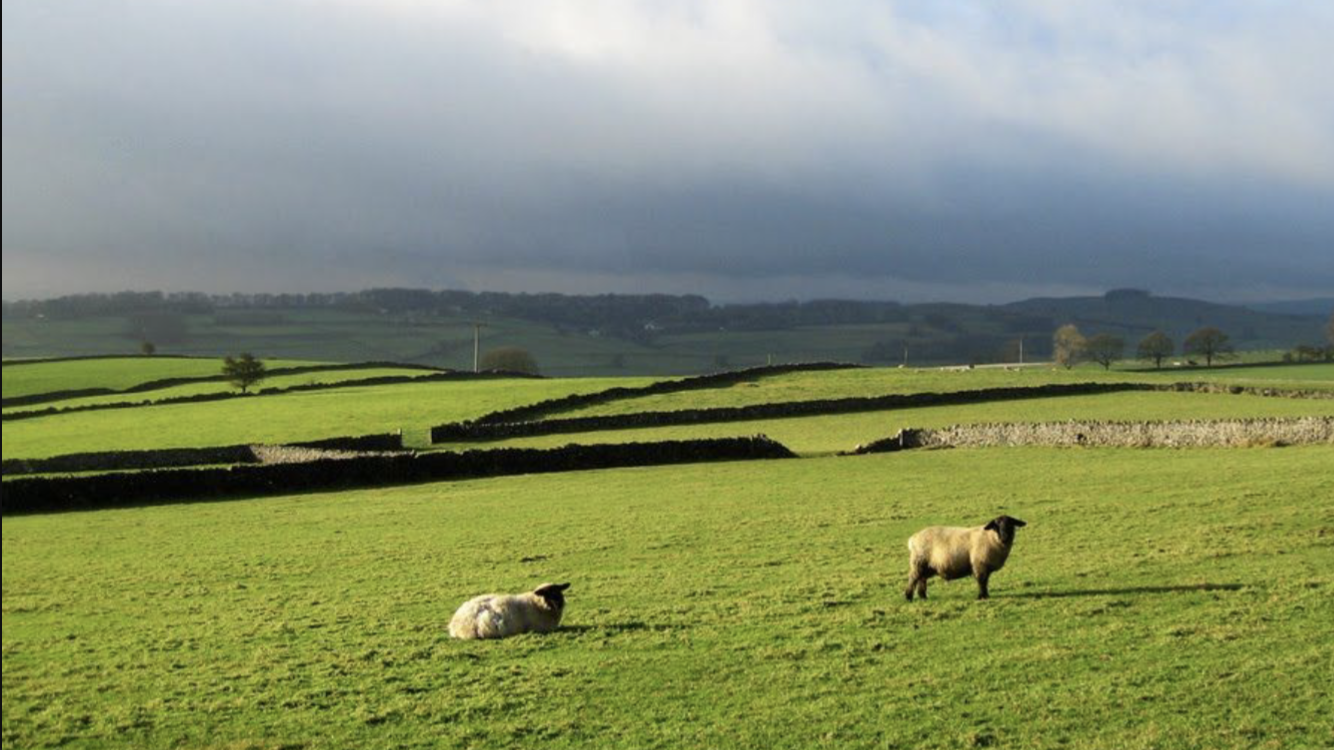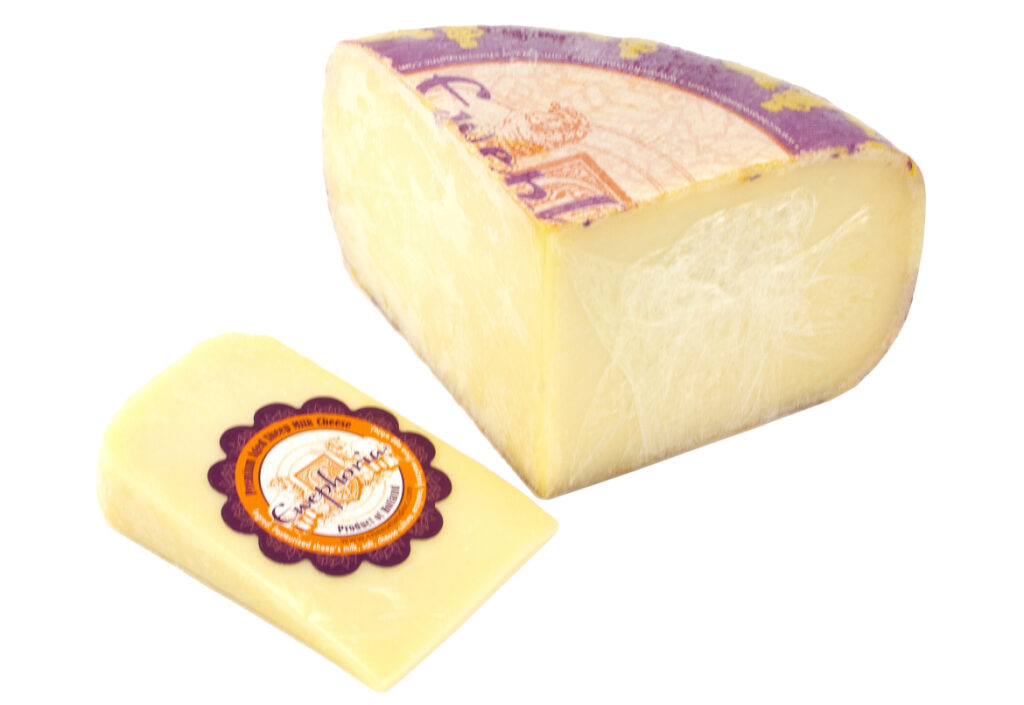Address
Chapel en le Frith, High Peak, Derbyshire
Work Hours
Monday to Friday: 9AM - 7PM
Weekend: 10AM - 5PM


Milk Processing – Turning Milk into Cheese, Yogurt, and Other Products
Part 7
Transforming fresh sheep milk into value-added products such as cheese, yogurt, and other dairy items is a key aspect of maximising profitability on a dairy sheep farm. Sheep milk, with its high solids content, rich flavour, and excellent nutritional profile, is ideal for creating premium products that can command higher prices in niche markets. Understanding the basics of milk processing will help you produce high-quality goods while meeting food safety standards.
Cheesemaking is one of the most popular ways to process sheep milk. Renowned for its high levels of protein and fat, sheep milk yields more cheese per liter compared to cow or goat milk, making it an efficient choice for artisan producers. Traditional sheep milk cheeses, such as Roquefort, Pecorino, and Manchego, serve as inspiration for new recipes tailored to local tastes. The cheesemaking process begins by pasteurising the milk, though raw milk can also be used if regulations and market demand allow. The milk is then cultured, coagulated with rennet, and cut into curds before being shaped, salted, and aged. The aging process can vary from a few weeks for soft cheeses to several months for hard varieties, allowing for a wide range of textures and flavours.
Yogurt is another versatile and in-demand product made from sheep milk. Its natural creaminess and slightly tangy flavor make it a favourite among health-conscious consumers. To produce yogurt, milk is heated to destroy unwanted bacteria, cooled, and inoculated with a yogurt culture. The mixture is then incubated at a controlled temperature until it thickens and develops its signature taste. Additions such as fruit, honey, or spices can create a range of flavours, while packaging in reusable or eco-friendly containers can appeal to environmentally conscious buyers.
In addition to cheese and yogurt, sheep milk can be used to produce other value-added products such as ice cream, kefir, and butter. Ice cream made from sheep milk is rich and creamy, offering a luxurious alternative to traditional options. Kefir, a fermented milk drink, is gaining popularity for its probiotic benefits, while butter made from sheep milk is prized for its unique flavour and high nutritional value.
To ensure success in milk processing, maintaining strict hygiene and adhering to food safety regulations are essential. All equipment, including pasteurisers, cheesemaking vats, and packaging materials, should be cleaned and sanitised thoroughly. Milk should be handled and stored at appropriate temperatures to prevent contamination and spoilage. Familiarise yourself with local food safety laws and consider obtaining the necessary certifications to market your products confidently.
Marketing is a crucial component of processing sheep milk. Highlight the unique qualities of your products, such as the nutritional benefits of sheep milk or the traditional methods used in production. Farmers’ markets, specialty food stores, and online platforms are excellent venues for reaching customers who appreciate artisanal and locally made goods. Consider offering tastings or farm tours to educate consumers about the benefits of sheep milk and the care that goes into creating your products.
By transforming your sheep milk into high-value dairy products, you can diversify your income streams and increase the profitability of your farm. Whether focusing on traditional cheeses, creamy yogurts, or innovative new offerings, milk processing allows you to tap into growing markets for specialty dairy items, building a reputation for quality and craftsmanship.
Coming Next:
Part 8: Marketing and Distribution – Selling Your Dairy Sheep Products. https://derbyshirefarmers.com/dairy-sheep-marketing-and-distribution/